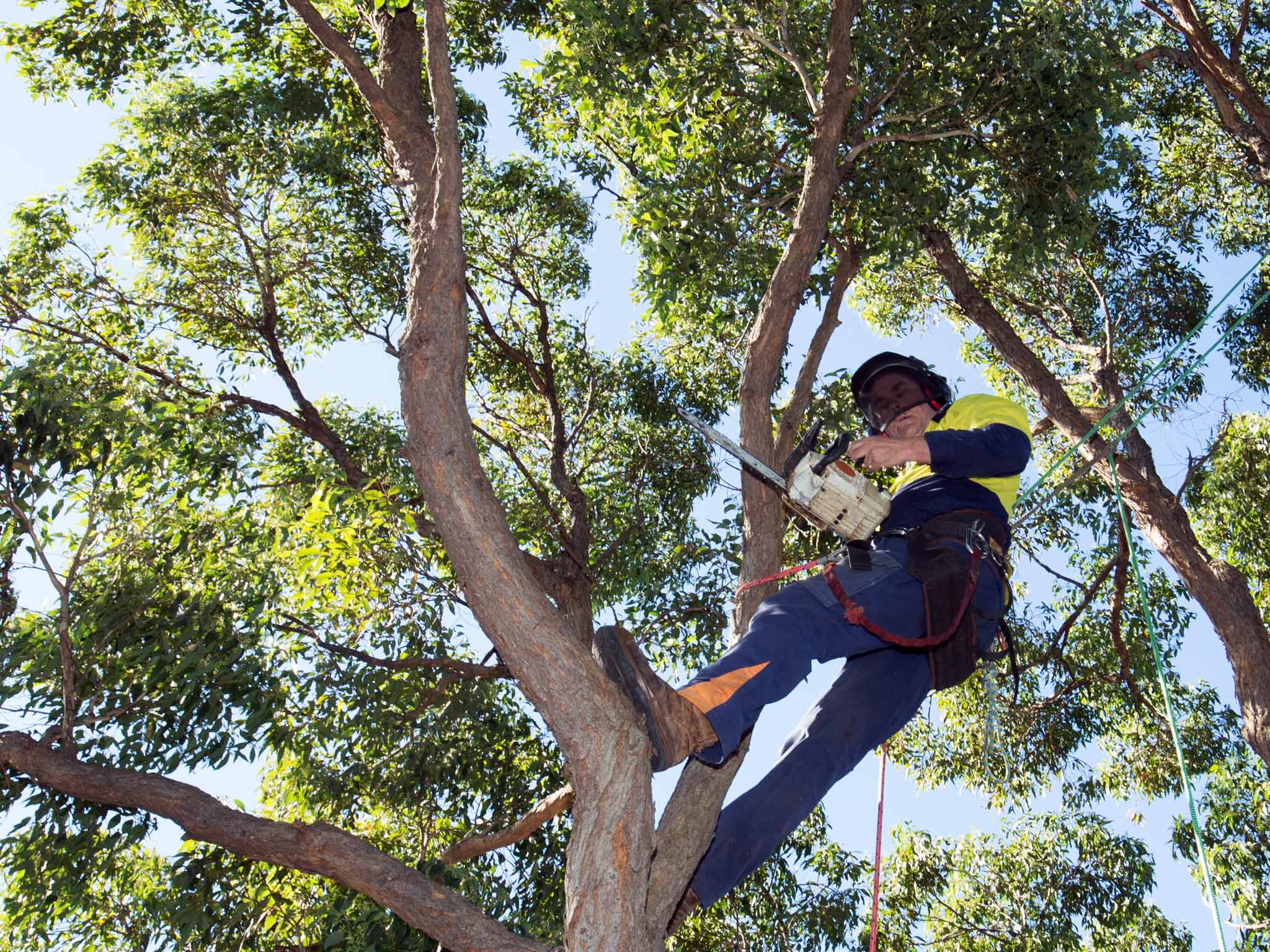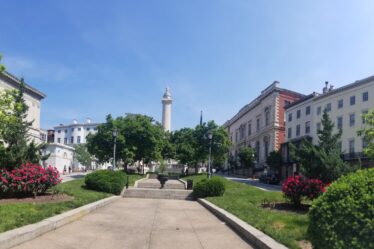
In Sydney, removing trees is often seen as a last resort. Given the city’s love for its green spaces and mature plants, removing a tree involves careful consideration. Tree removal in Sydney can be driven by various factors, each important to ensure the safety, health, and preservation of property. Understanding these reasons can help residents and property managers make informed decisions about managing their arboreal assets. So, this article will give further information regarding this.
Safety Hazards
Risk of Falling: The primary reason for tree removal is safety. Trees damaged by storms or disease or simply too old can pose significant risks. Weak branches or unstable trees can fall, causing injury to people and property damage. In residential areas of Sydney, where children often play outdoors, and properties are closely packed, the risk of falling branches must be mitigated to ensure public safety.
Interference with Infrastructure: Trees with expansive root systems can threaten the structural integrity of nearby buildings. Roots can grow into foundations, causing cracks and destabilisation. Additionally, tall ones can interfere with overhead power lines, presenting serious hazards.
Health of the Tree
Disease and Pest Infestation: Infected trees can be a source of disease and pests that might spread to other healthy ones or even to crops. Certain diseases can weaken a plant to the point where it becomes a hazard, necessitating its removal. Arborists in Sydney often recommend removal to prevent the spread of common issues like termites, fungal infections, or invasive species that threaten local flora.
Irreversible Damage: Plants that have suffered from severe weather, vandalism, or poor pruning practices might not recover. In such cases, removing them becomes essential to prevent them from dying in a way that could be hazardous or lead to disease spread.
Environmental and Aesthetic Considerations
Overcrowding: Overcrowded trees compete for light, space, and nutrients, leading to stunted growth and poor health. Removing some of them can provide the remaining ones with the resources they need to thrive, enhancing the overall health of your garden or landscape.
Impact on Property Value: A well-maintained landscape can significantly increase a property’s value. Conversely, poorly maintained, diseased, or hazardously placed plants can detract from a property’s aesthetic appeal and practical value. Strategic removal of the plants is sometimes necessary to enhance the visual appeal of a property.
Legal and Regulatory Reasons
Compliance with Local Laws: There are specific regulations regarding tree preservation and removal in Sydney. Certain plants are protected under local laws and require a permit for removal. However, if a plant poses an immediate risk or does not comply with local development plans, its removal becomes necessary to align with regulatory requirements.
Development and Construction Needs: For new construction projects or property extensions, tree removal might be necessary to clear land or to comply with building regulations. In such cases, professionals must conduct assessments to ensure that removal is handled responsibly, minimising environmental impact.
Professional Approach
For another mention of tree removal in Sydney, it is essential to highlight the importance of engaging with professional arborists. These experts can assess their health, determine the necessity of removal, and execute the task with minimal impact on the surrounding environment. They ensure that all activities that comply with local regulations are done safely and with the right equipment.
Tree removal in Sydney is a critical service that ensures residential and commercial properties’ safety, health, and aesthetic value. While the decision to remove is never taken lightly, understanding the reasons—ranging from safety risks to legal compliance—can help residents appreciate the necessity of this practice. Engaging professional services for tree removal ensures that the process is conducted safely, efficiently, and responsibly, aligning with the city’s regulations and respect for nature.


